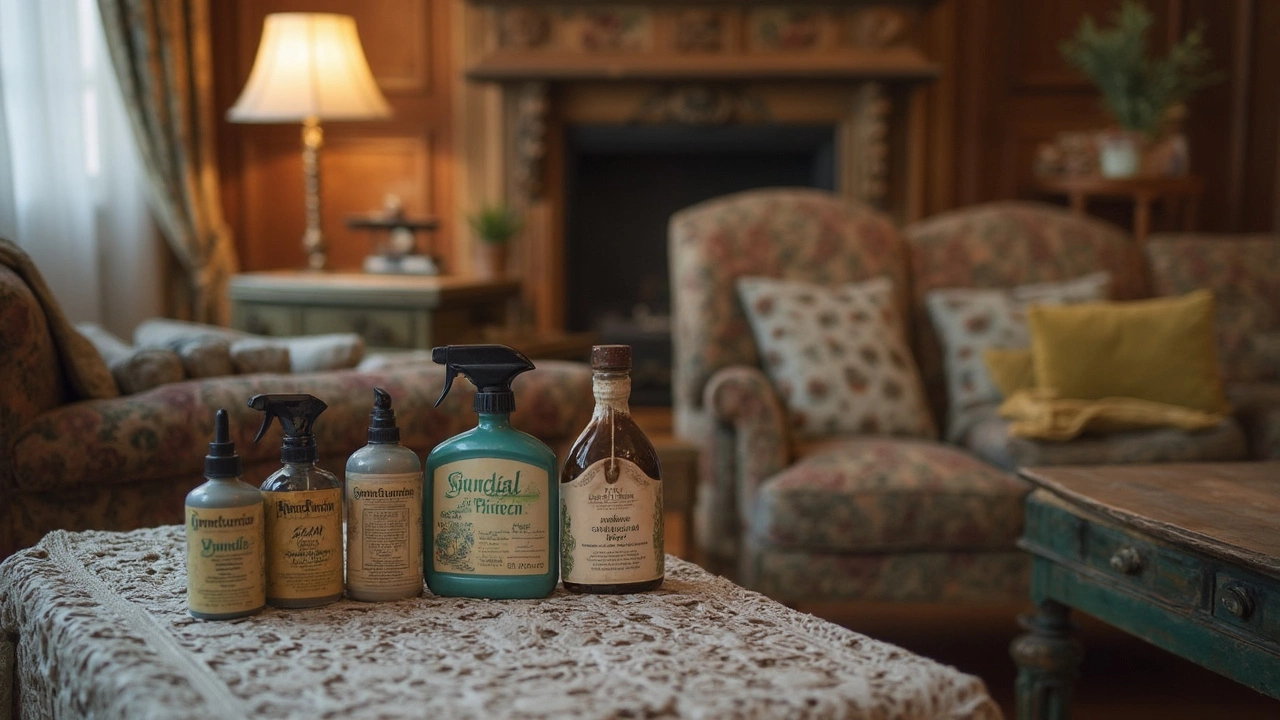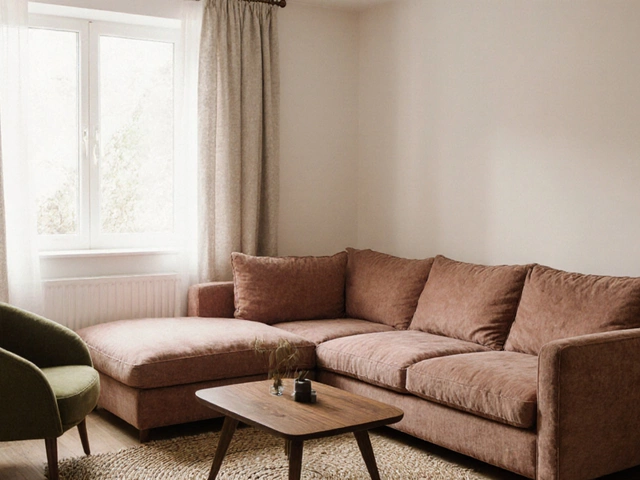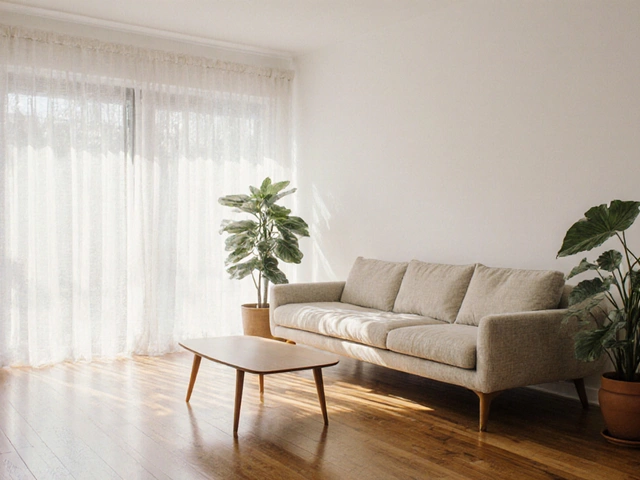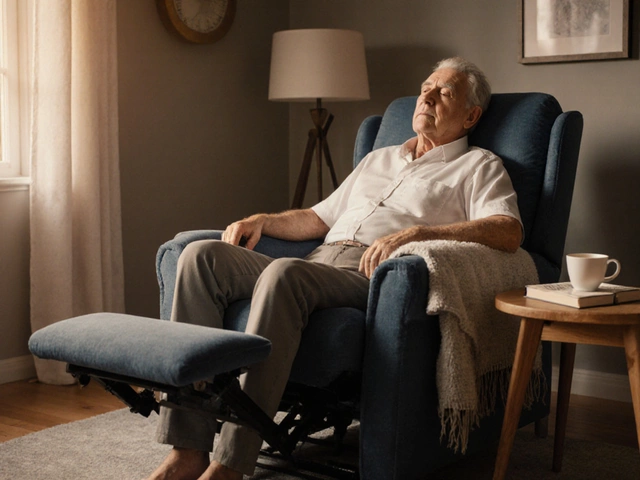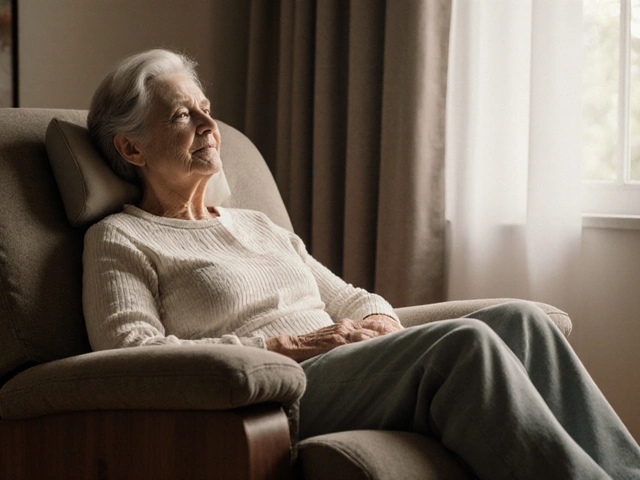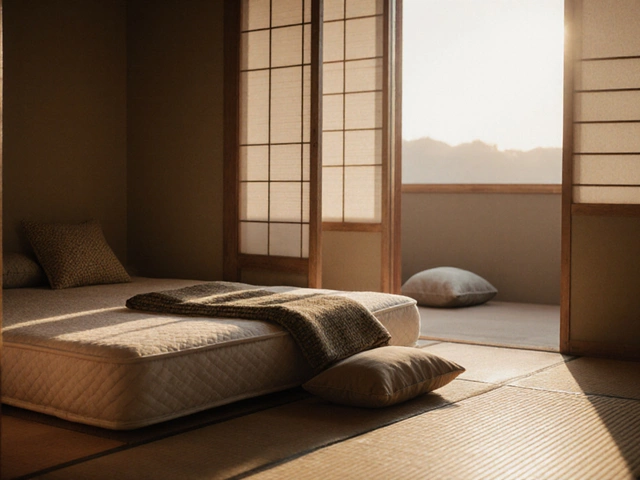Mildew on Furniture: What It Is and Why It Happens
If you see black or white spots on a wooden dresser, a sofa cushion, or a wardrobe, you’re probably looking at mildew. It thrives in damp, poorly ventilated areas, especially where spills sit for a while. Even a small leak in a nearby pipe can create enough moisture for mould spores to grow on your pieces.
How to Spot Mildew Fast
First sign: a faint, musty smell. Next, tiny patches that feel slightly fuzzy when you run a finger over them. Mildew is usually lighter in colour than mould, but both are soft and can be wiped off when wet. Check spots that don’t get sunlight – under beds, behind doors, and inside closets.
Step‑by‑Step Removal Guide
Gather a soft cloth, mild detergent, white vinegar, and a spray bottle. Mix one part vinegar with one part water and pour into the bottle. Spray the affected area, let it sit for five minutes, then wipe with the cloth. For stubborn spots, sprinkle baking soda on the surface, spray the vinegar solution again, and scrub gently.
After cleaning, dry the furniture completely. Use a fan or a hairdryer on a cool setting to speed up drying. Moisture left behind will let mildew grow again, undoing all your work.
If the mildew has soaked into upholstery, remove the cushion cover if possible and wash it in hot water (check the label first). For non‑removable fabric, apply the vinegar spray, blot, and then let it air‑dry in direct sunlight – the sun’s UV rays help kill any remaining spores.
Wooden furniture needs a bit more care. Once the surface is clean, wipe it with a dry cloth, then apply a thin layer of wood oil or a furniture wax. This seals the wood and creates a barrier against humidity.
Preventing Future Outbreaks
Keep rooms well ventilated. Open windows for at least 10 minutes each day, especially after showering or cooking. Use a dehumidifier in basements or rooms that feel damp.
Wipe spills immediately. Even a small drink splash can seep into upholstery or wood and become a breeding ground for mildew.
Place furniture away from direct walls if you notice persistent dampness. A small gap lets air circulate and stops moisture from collecting.
Consider moisture‑absorbing products like silica gel packs or charcoal bags inside wardrobes and drawers. Replace them every few months to keep them effective.
Finally, give your furniture a quick once‑a‑month check. Spot any new stains early, treat them right away, and you’ll keep mildew at bay.
By following these steps, you’ll get rid of the current problem and make sure your bedroom or living‑room pieces stay fresh for years. No need to toss expensive furniture – a little effort goes a long way.
How to Safeguard Your Furniture from Mold and Mildew
Fighting stubborn mold and mildew on your cherished furniture is often an unwelcome but necessary task. This guide offers practical solutions to effectively kill mold and mildew while preserving your furniture's integrity. Learn about the best cleaning agents, preventive measures, and handy hacks to tackle these pesky invaders. Understand how environment affects mold growth and discover strategies to protect your furniture.
